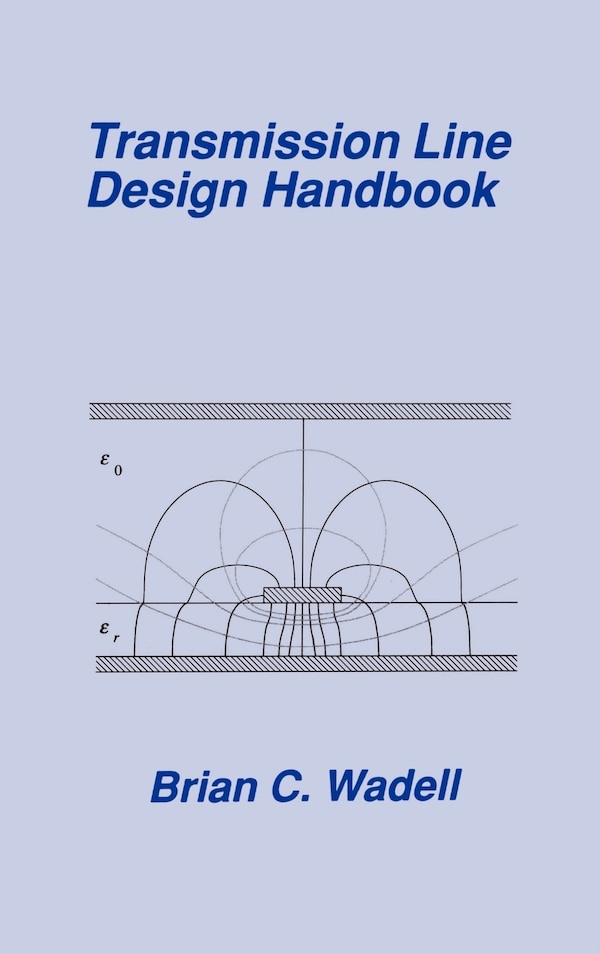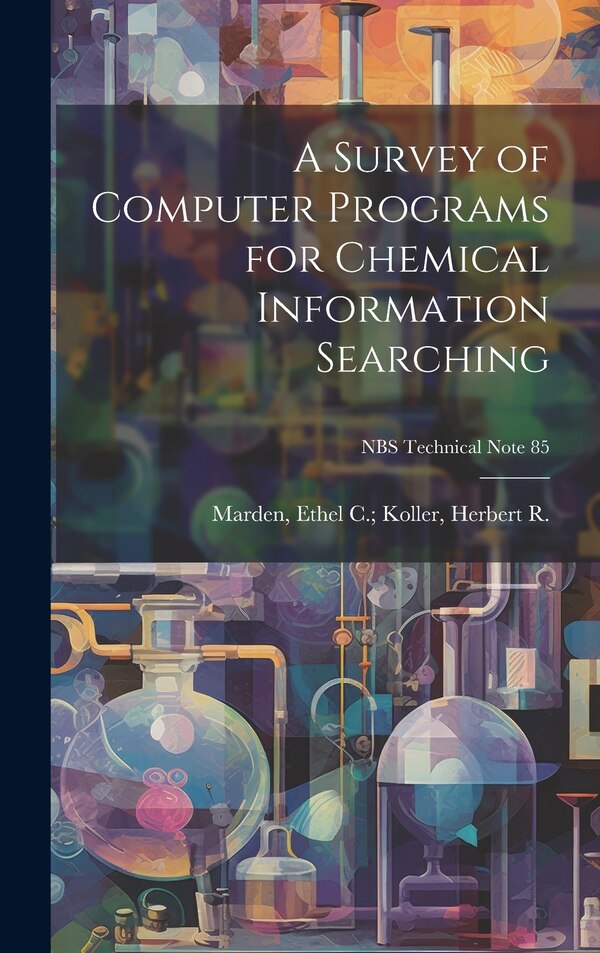Home
Desktop Computer Programs For Preliminary Design Of Transonic Compressor Rotors by Brian C McDonald, Paperback | Indigo Chapters
Loading Inventory...
Indigo
Desktop Computer Programs For Preliminary Design Of Transonic Compressor Rotors by Brian C McDonald, Paperback | Indigo Chapters
From Brian C McDonald
Current price: $60.51


Indigo
Desktop Computer Programs For Preliminary Design Of Transonic Compressor Rotors by Brian C McDonald, Paperback | Indigo Chapters
From Brian C McDonald
Current price: $60.51
Loading Inventory...
Size: 0.3 x 9.69 x 0.59
*Product information may vary - to confirm product availability, pricing, shipping and return information please contact Indigo
A need exists in the field of turbomachinery for correlation-based desktop computer programs that predict the flow through transonic compressor rotors with nominal computational time and cost. In this research, modified versions of two desktop computer programs, intended for preliminary transonic compressor rotor design, BOWSHOCK and TRANSROTOR, were used to perform a parametric study on a modern compressor rotor. BOWSHOCK uses a method-of-characteristics approach to calculate exit flow properties of a supersonic streamtube through a user-defined compressor rotor. TRANSROTOR calculates flow properties at three stations in a user-defined compressor stage. Modifications to TRANSROTOR included the incorporation of a recently published rotor loss model, advertised as suitable for analyzing modern blading concepts. The baseline and modified TRANSROTOR versions were run with two modern transonic compressor blades. Results were compared with results from a Navier-Stokes-based computational fluid dynamics (CFD) code, APNASA. A parametric study using BOWSHOCK examined the sensitivity of rotor efficiency and pressure ratio to variations in six blade parameters. Both TRANSROTOR versions predicted rotor efficiency and pressure ratios within ten-percent of the CFD results. The baseline version predicted total pressure ratio more accurately. Computational times were under six minutes for a single 450 MHz processor. The results of the blade geometry parametric study showed that isentropic efficiency was most sensitive to stagger angle and least sensitive to blade spacing. Total pressure ratio was most sensitive to blade maximum thickness location and least sensitive to blade maximum thickness. | Desktop Computer Programs For Preliminary Design Of Transonic Compressor Rotors by Brian C McDonald, Paperback | Indigo Chapters













